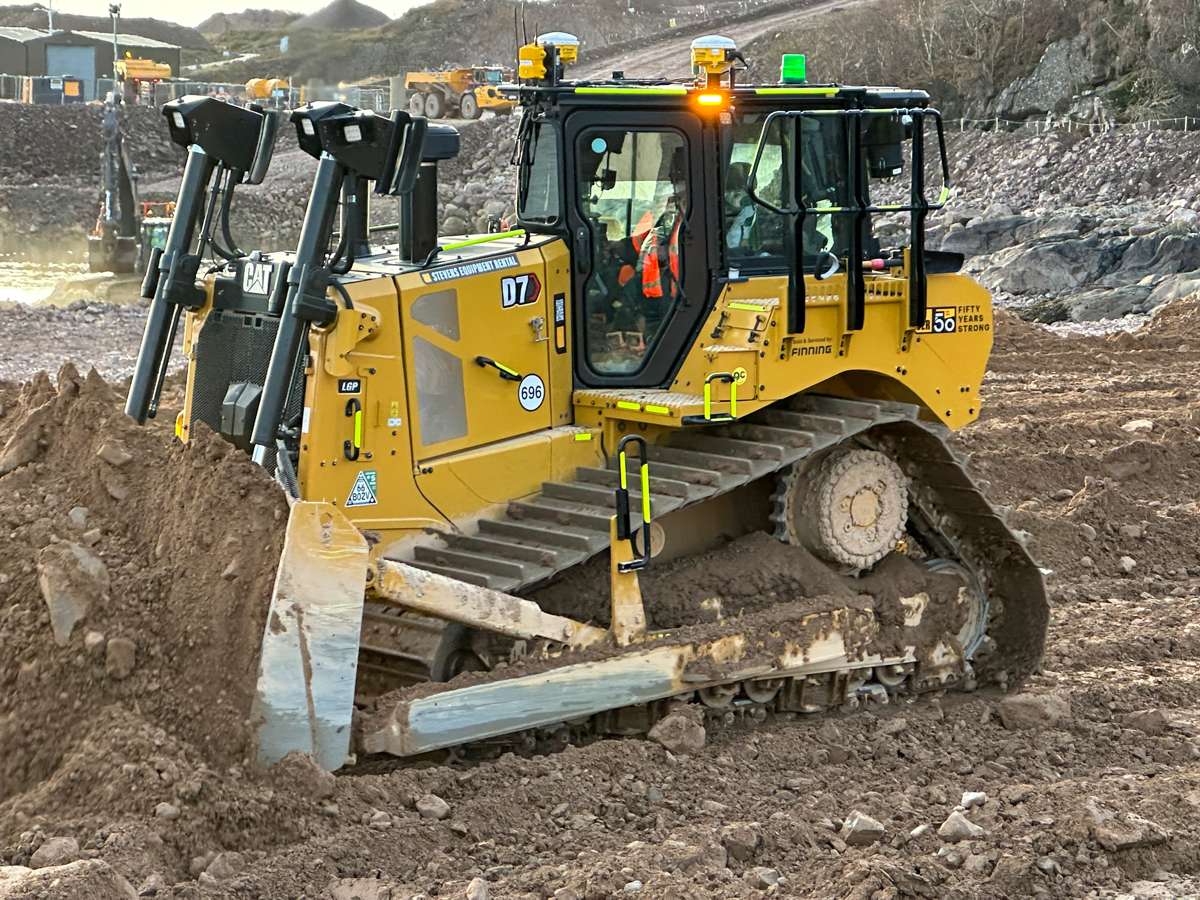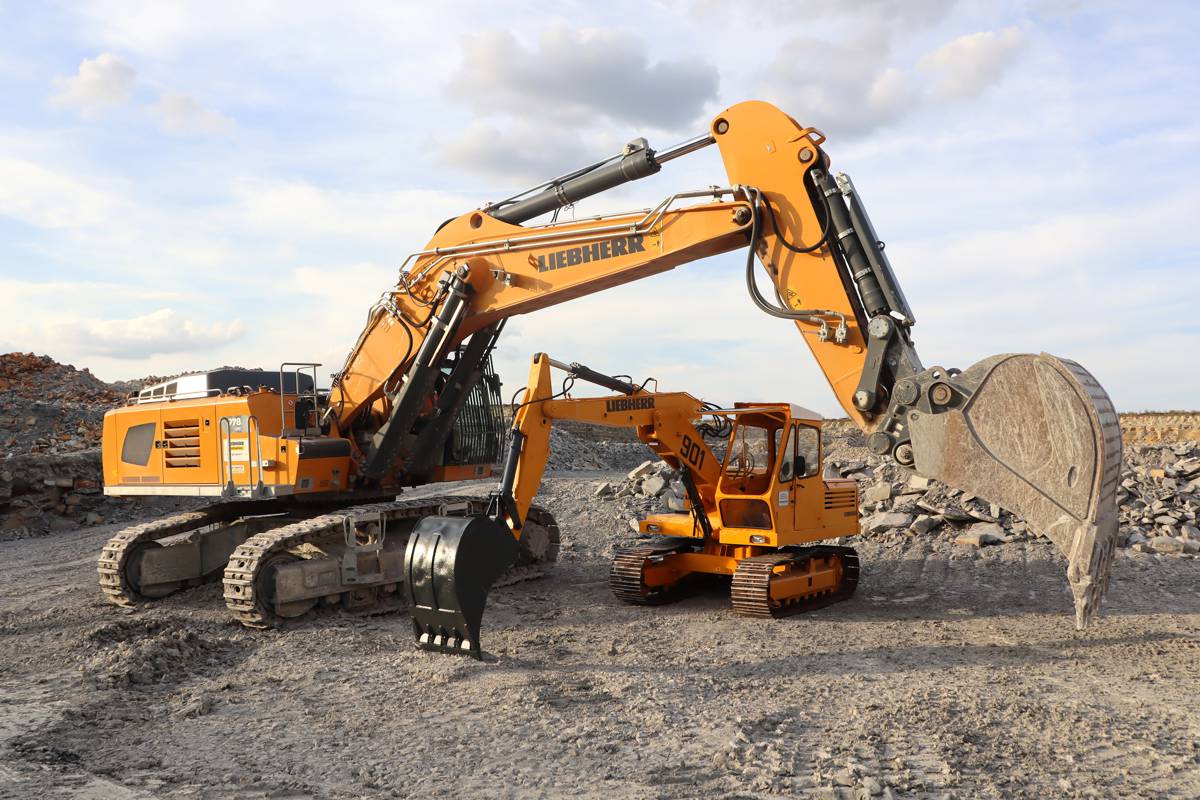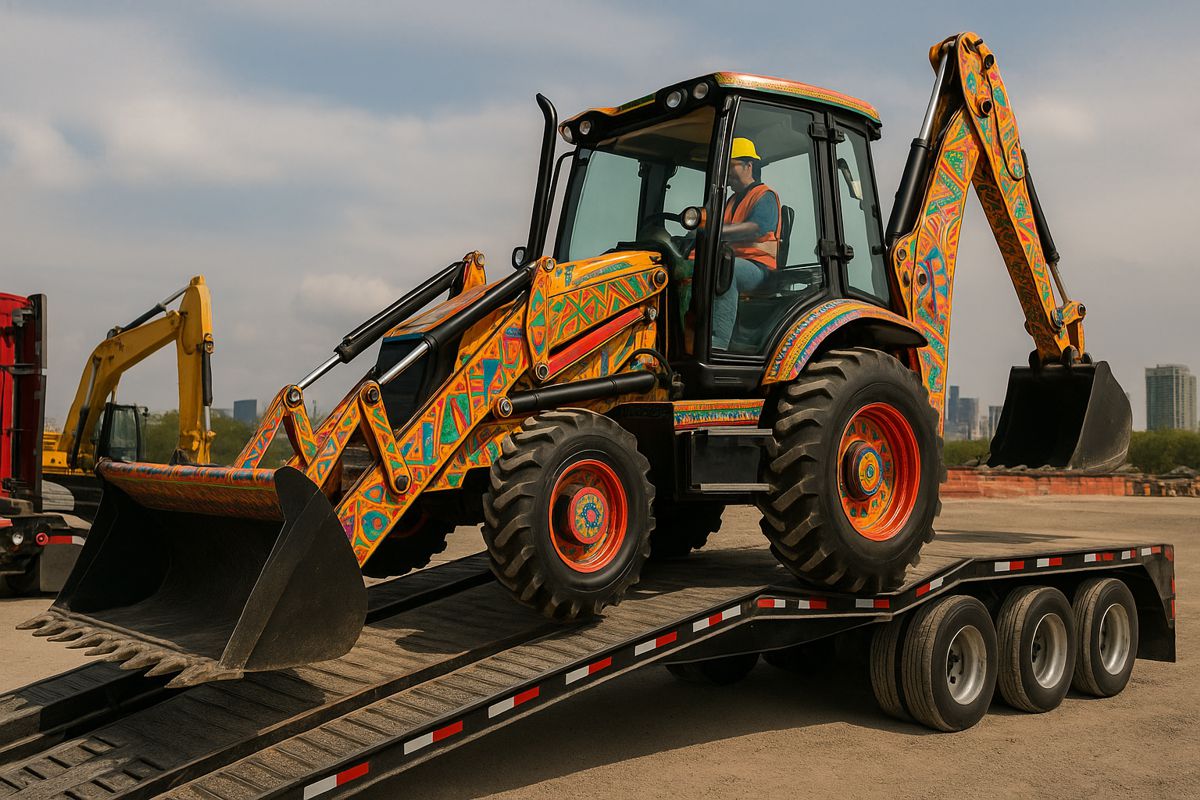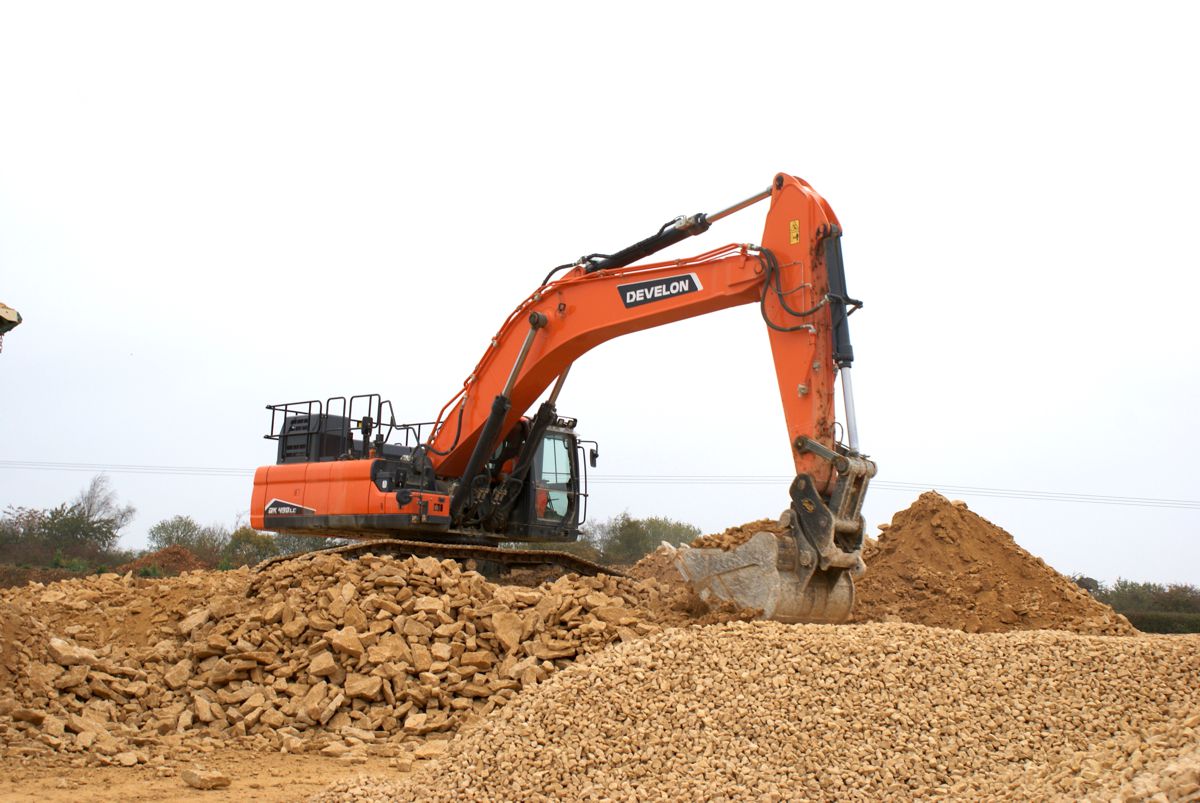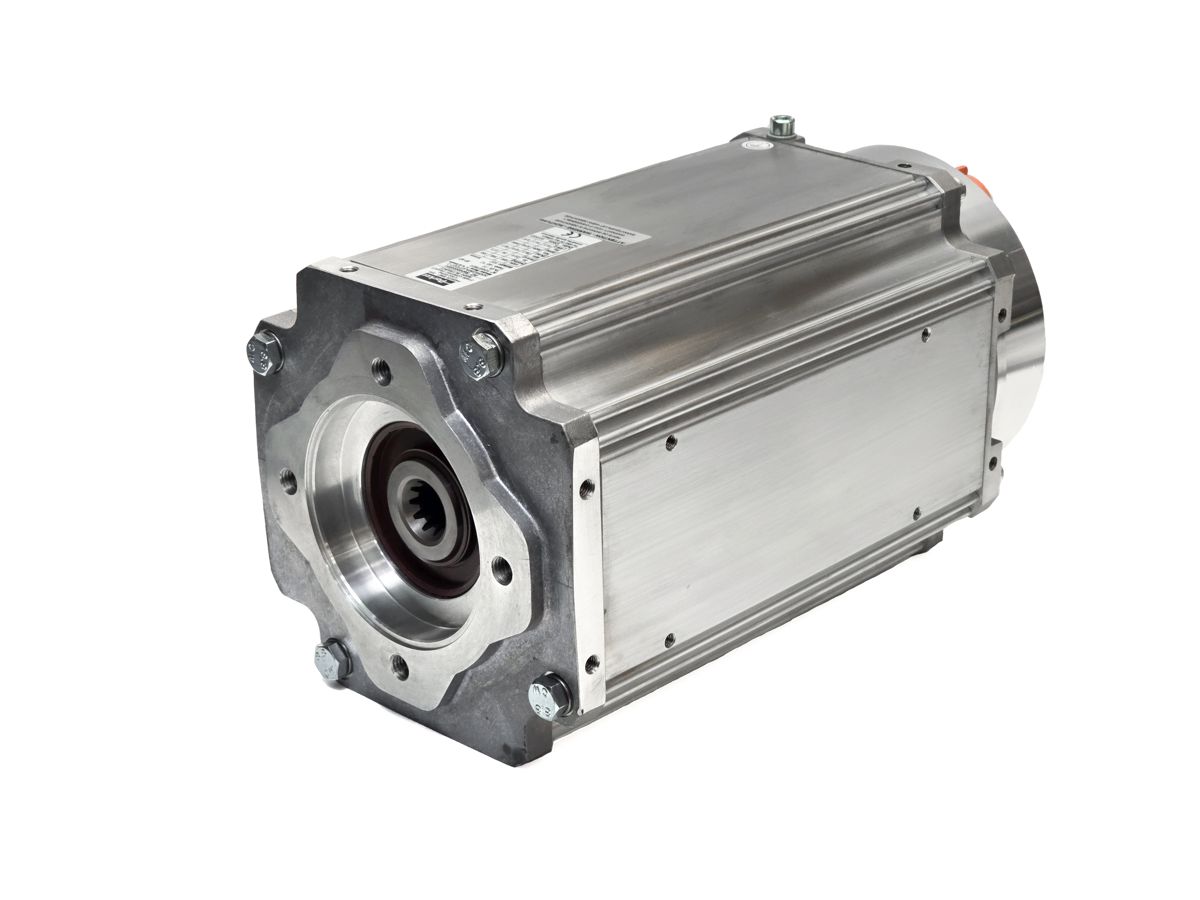How Micro-Vibrations Kill Bearings and How to Prevent It
Even the most advanced machinery can be undone by forces too small to see. Micro-vibrations may seem harmless at first, but they can slowly undermine the integrity of critical components over time. Their effects are particularly evident in bearings, which often endure the brunt of the resulting forces. When left unchecked, these tremor-like movements can trigger a chain reaction of wear, inefficiency, and premature failure.
Knowing where micro-vibrations come from, how they interact with mechanical systems, and how to prevent their impact is important when it comes to maintaining reliability and avoiding costly downtime.
How Micro-Vibrations Escalate Into Major Issues
Unlike the more obvious jolts of mechanical vibration, micro-vibrations are stealthy. They often require specialised instruments to detect and may originate from external machinery, unstable mounting surfaces, or internal issues such as motor harmonics and unbalanced loads. Individually, they appear insignificant. Yet over time, these small, continuous oscillations accumulate, creating conditions that gradually degrade mechanical performance.
These rarely cause immediate failure, instead fostering slow deterioration that can persist unnoticed for months. By the time performance drops or unusual noise appears, the underlying damage is often already extensive. Routine diagnostics may fail to catch early warning signs, giving a false impression that the system is healthy until a critical failure occurs.
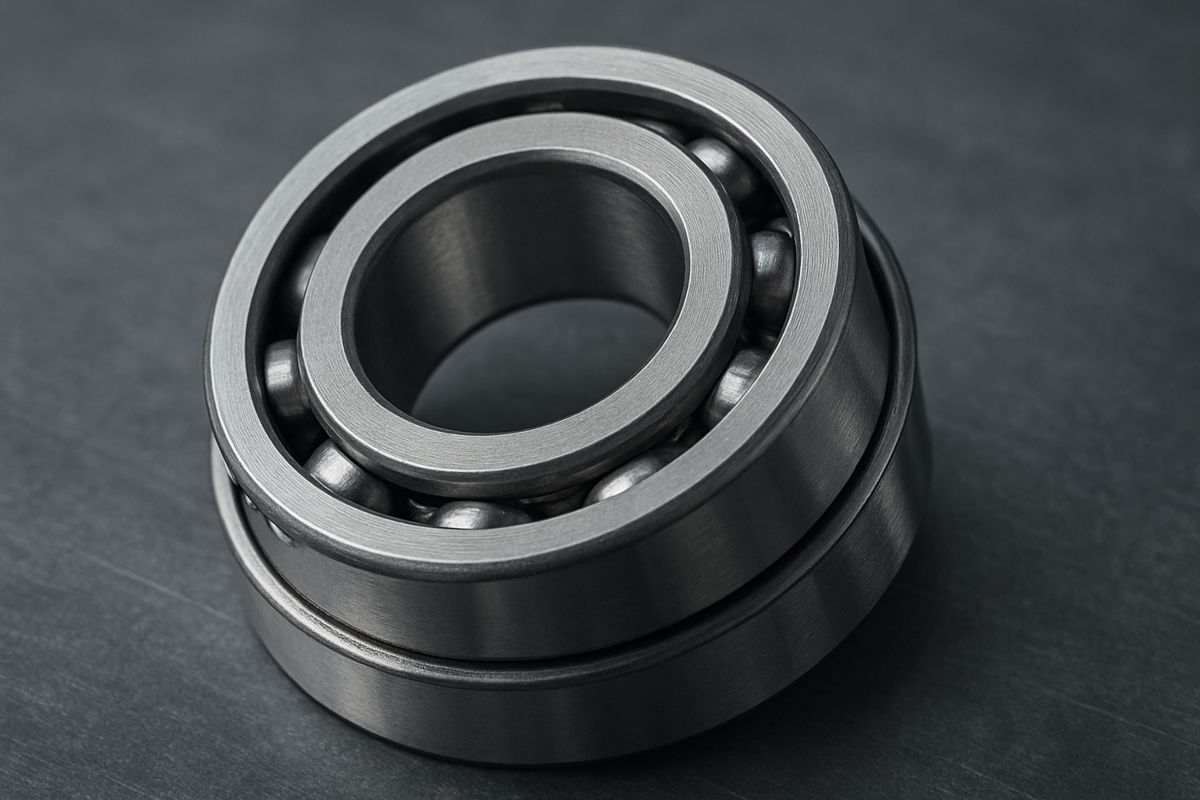
How Bearings Respond to Micro-Vibrations
Bearings are built to handle motion smoothly, minimising friction and ensuring precision. But their efficiency depends on stability. When micro-vibrations interfere, they disrupt the fine balance between rolling elements and raceways. The resulting surface oscillations hinder the formation of a consistent lubrication film, leaving metal components vulnerable to direct contact and fatigue.
This process often leads to false brinelling, which are tiny, repetitive indentations that mimic overload damage but occur without heavy force. Fretting corrosion is another by-product, where micro-movements cause oxidation and material loss on contact surfaces. The outcome is increased noise, rising temperatures, and ultimately, bearing seizure.
Damage doesn’t always happen during operation. Even when machinery sits idle, vibrations from nearby equipment or transport can initiate wear patterns. And that is why storage and handling procedures deserve just as much attention as active use.
The Cost of Ignoring Early Signs
In an industrial setting, the failure of a single component can halt entire operations. A worn bearing can trigger cascading effects such as shaft misalignment, motor damage, or system imbalance. What is particularly frustrating is that many of these failures trace back to improper mounting, poor preload control, or misalignment during assembly.
Preload control in particular deserves special attention. When set incorrectly, it amplifies micro-movements, compounding the very problem it is meant to prevent. Likewise, uneven or contaminated mounting surfaces can transmit stray vibrations straight into the housing, damaging the system before it ever reaches full capacity.

Developing A Strong Preventive Maintenance Strategy
Reducing the risk of micro-vibration damage begins long before a machine is switched on. It starts with design choices, extends through handling and installation, and continues with ongoing monitoring. Components should be stored in vibration-free environments and installed using precision tools to meet exact preload and alignment specifications.
Equipment positioned near vibration sources may require additional isolation or damping systems to limit transmission. Material and design innovations can also make a difference. Bearings with advanced coatings, solid lubricants, or vibration-tolerant geometries offer greater resistance to micro-movement wear. Complementing these physical improvements with real-time condition monitoring adds another layer of protection.
Optimised For the Environment
Extending the service life of rotating equipment depends on more than routine maintenance, it requires an informed approach. Choosing the right components, applying them correctly, and monitoring their condition continuously can transform reliability outcomes.
Partnering with suppliers and engineers who understand vibration control and bearing application ensures each installation is optimised for its environment.









